Comprehensive Guide to Exploring Destinations in Ladakh
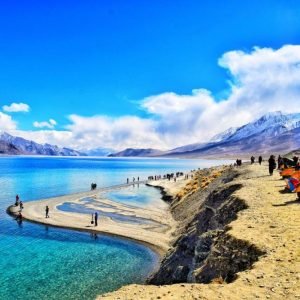
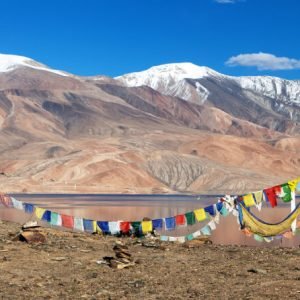
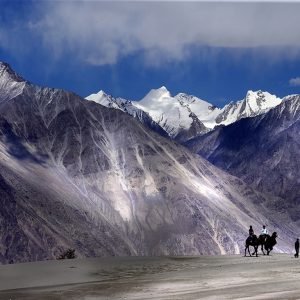
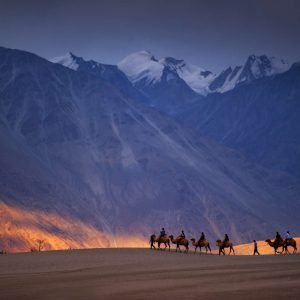
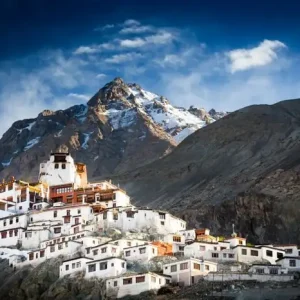
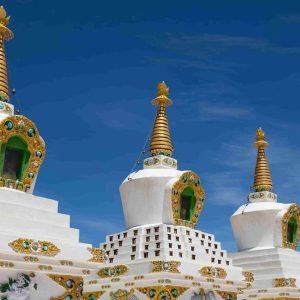
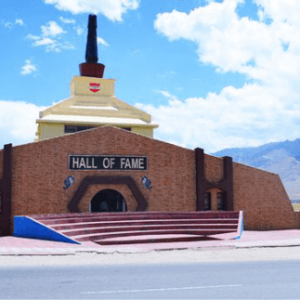
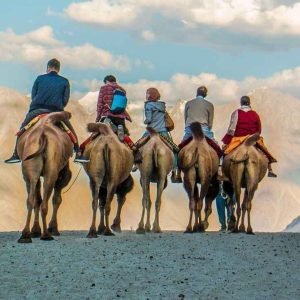
Table of Contents
ToggleA high-altitude region nestled at the confluence of Karakoram and Himalayas, Ladakh is a place that makes for an unmatched experience with its cold desert like landscape which extends to miles beyond one can see into the horizon — in colours stark grey, both bright and pale blue set way apart from each other following Turquoise on riverbeds. Ladakh is a land of extremes and beauty, from serene lakes to towering mountains nestled between ancient monasteries and remote villages. This guide dives deep into the top places to visit in Ladakh so that you make a most out of your trip.
1. Leh
1.1 Overview
Leh: Leh is the capital of Ladakh and acts as a hub for tourists visiting this region. A quaint little town mixing traditional Ladakhi culture with modern amenities. The mere mention of this town evokes a sense of pure bliss and serenity with the rich greenery, bustling markets, places steeped in history.
1.2 Key Attractions
About Leh: 17th-century palace with panoramic views of Leh & the mountains.
Must See : Ancient artifacts, Traditional Ladakhi houses are unique to region of Leh City, Historical Exhibits Gadhan Thekchhokling Gompa
Quick Review: Constructed for peace and Buddhism, white-domed stupa.
Best feature: Spectacular views of Leh, quiet location and amazing sunset spots.
Description: One of the largest monastic festivals in Ladakh, Hemis Monastery is one of the wealthiest and most well-known monastery.
Highlights- Hemis Festival, traditional mask dances and ancient thangkas.
Description: one of the main monasteries, reminescent if not copied from Potala Lhasa.
Highlights: Enormous statue of Maitreya Buddha, architecture marvel and epic view.
Sankar Gompa
About: Smaller monastery in Leh with calm atmosphere and ancient murals.
Focal Features: Conventional Ladakhi Artwork, Peaceful Ambience
1.3 Local Experiences
Leh Market
Description: Full of local handicrafts, souvenirs and traditional food,this isthe central marketof Leh.
Special Mention: Pashmina, Traditional Ornaments and Local Food
Local Cuisine
Thukpa — a serivce of noodle as well as veg/meet soup
Tibetan Dumpling-Momos
Yak Meat Dishes: Culinary preparations with traditional yak meat.
1.4 Practical Tips
Ideal Time to Attend: June- September
Altitude: You may find yourself in Leh a few days before you go higher up.
Accommodation: Luxury hotels to Budget guesthouses.
2. Nubra Valley
2.1 Overview
Nubra Valley a high altitude cold desert to the north of Leh, renowned for its striking landscapes, sand dunes and monasteries. Located at an elevation of 14,836 ft above sea level it is reachable from Khardung La Pass which comes as one the highest motorable passes across globe.
2.2 Key Attractions
Diskit Monastery
Key fact: The largest monastery of Nubra Valley known for its huge Buddha statue.
Must-See: Monastery architecture, cultural relics and picturesque views.
Hunder Sand Dunes
Caption: Desert View with Sand Dunes and Double Humped Camels
What to expect: Riding a camel, good view of sunset and one-time desert.
Turtuk Village
Description: An exotic hinterland near the Pakistani border steeped in history and full of natural beauty; a mountain village with its similar yet unique culture.
Main Attractions: Traditional Balti culture, mesmerizing views of landscapes and very warm local hospitality.
Sumur and Panamik Villages
Details: Pretty villages with apple orchards and hot springs.
Made famous for: Bikers, Food (Asia’s #1 Street food destination), and clubbingHighlights : Culture & Community, Now with Worldwide Reputation multiple Super Hot Spring Baths scenic beauty.
2.3 Local Experiences
Camel Rides
Description: Riding on the camel humps in Hunder sand dunes
Highlights: Desert experience of a different kind; great views
Local Cuisine
About: Savour local flavours from yak meat preparations to traditional Balti cuisine.
2.4 Practical Tips
Best Time to Travel: June — Septemeber
Acclimatization: It is important to acclimate well before you start your journey to Nubra Valley.
Permits : Inner Line Permit (ILP) needed for Nubra Valley.
3. Pangong Lake
3.1 Overview
Pangong Lake—It is one of the most beautiful high-altitude lake in Ladakh with azure blue waters,Lake changes color as time pass and vast hinterland. It is a well known traveller stop because of its quiet magnificence and unusual views.
3.2 Key Attractions
Profile: A crystal clear water lake, beautiful ever changing colour of blue.
In short: panoramic views, photos and the serenity.
Maan Village
Key Highlights: A small village close to Pangong Lake gives you a peek into the local life
Best For: An introduction to a traditional Ladakhi) culture, Meet local family is also you enjoy.
3.3 Local Experiences
Camping
WHAT: Unique, lakeside camping when your site is amongst the stars in the open sky.
Favorite: looking at the stars, having a fire and just being out by the lake.
Photography
Summary: Photograph stunning landscapes and the colors of a lake in transition.
Main Attractions: Best place for landscape shooting.
3.4 Practical Tips
The Best Time to Visit: June – September
Acclimatisation: Stay in Leh for at least one day before moving to Pangong Lake.
Permits: Inner Line Permit (ILP) For Pangong Lake
4. Tso Moriri Lake
4.1 Overview
Tso Moriri is a high-altitude lake in the Changthang Plateau — famous for its remote and pristine beauty. Certainly, its no match to the Pangong Lake of Ladakh but far less crowded.
4.2 Key Attractions
Marco Polo Lake: A peaceful lake with mountains on three sides and plains to the south.
Must Read: Where :way up there — on top of the world Highlights:wildlife, incredible scenery and tranquillity.
Korzok Village
Region: The quiet village next to the lake, where people live from tradition.
What to expect: Local life, traditional buildings and lake views.
4.3 Local Experiences
Camping
Description: Live by the lake camping views in a serene natural setting
HB Note: Star gazing, wildlife viewing Highlight Ease & solitude
Wildlife Viewing
Descriptiom: Rare breeds,Rare to see on azerbaijan land,of tibetean sheep and wild yaks around.
What to see & do: Diverse wildlife and stunning vistas
4.4 Practical Tips
When To visit: June to September.
Acclimatisation: Acclimatise in Leh for a couple of days before heading to Tso Moriri.
Permits: Inner Line Permit (ILP) required for Tso Moriri Lake
5. Alchi
5.1 Overview
Alchi is a small village on the bank of Indus River which is famous for its Indo- Tibetan style medieval monastery and historical background.
5.2 Key Attractions
Overview: One of the most important monasteries with well kept Indian murals and a distinct style.
Specialisation: Frescoes, old thangkas and traditional Ladakhi art.
Chortens and Stupas
Info: Surrounding these Scriptures are Traditional Buddhist structures built around the monastery.
Reservations: HISTORY, ARCHITECTURE
5.3 Local Experiences
Cultural Exploration
Overview: Experience traditional village life and learn about local customs
Best known for: Traditional Ladakhi culture, local crafts.
5.4 Practical Tips
Best Months to Visit: June through September.
Stay Length: Short; Acclimatization is minimal as Alchi is a low elevation compared to most high-altitude destinations.
Loedsol Guest House Combined with Home Stay on the other handAccommodation Requirements?
6. Magnetic Hill
6.1 Overview
Located on the way to Leh, Magnetic hill is one of a unique spot as it gives an illusion that slight downhill slope appears to be uphill!!
6.2 Key Attractions
Magnetic Hill
Wave-like Gravity: A strange place where even gravity flows through a wave, making it look like vehicles move upwards on their own accord.
What it is good for: Witness the miracle and take pictures.
6.3 Local Experiences
Photography
Abstract: Snap the weird optical illusion and landscapes around it.
Key Features: Interesting and fun shooting opportunities for photographs.
6.4 Practical Tips
Ideal time to visit: June – September.
Acclimatization: Yes; located at lower altitude
7. Zanskar Valley
7.1 Overview
Zanskar Valley is one of the most isolated and sparsely populated regions in Ladakh district. One of the least frequented areas in Ladakh, it provides a more isolated experience.
7.2 Key Attractions
Padum
Note: Zubair One of The Villagers Note That Kargil Is Sauds Town For Sent Ur Pages Writings and Hand Infoquences And It Can Not Use On Zanskar CLLocationCoordinate!!!
Main attractions: Authentic environment, Local culture and traditional buildings.
About: Considered as one of the oldest and most popular monasteries in Ladakh known for its pictures location and significance arena.
What stood out: Painted murals of centuries past, Buddhist prayers and viewpoint that captures the Instagram generation.
Phugtal Monastery
Description: A tough hike to get there, a remote monastery built into the side of a cliff.
Key aspects: One-off architecture, exotic location, soothing spiritual feel.
7.3 Local Experiences
Trekking
Estd: 4 Nights Description : Snuggle amidst the remote villages and challenging landscapes of Zanskar Valley
Best Bits : Breathtaking scenery, Authentic Ladakhi culture and off the regular paths Experiences
Cultural Exploration
About: Ride into this Land and Experience the age-old Culture & Traditions of undisturbed Zanskari inhabitants.
Things to do: Cultural festivals, handicrafts and welcoming locals.
7.4 Practical Tips
Good Time to Visit: June -Sept
Pre-travel acclimatization: Proper adaptation must be done in advance to go into high altitude regions.
Permissions: Inner Line Permit( ILP) For Zanskar Valley
8. Changthang Plateau
8.1 Overview
Changthang Plateau is a high altitude area characterized by wide plains, flora and fauna diversity as well as the traditional life of nomadic herders. They are a residence of numerous high-altitude lakes and vulnerable animal species.
8.2 Key Attractions
Description: The High Altitude Salt Lake and the panoramic landscape along with wildlife around it.
Standout Features: Bird watching, majestic views and a new ecosystem.
Rupshu Valley
The Remote Valley: home to nomadic culture and some of the most picturesque sites in Mongolia.
Highlights: A look at the traditional nomadic lifestyle, beautiful landscapes.
8.3 Local Experiences
Wildlife Viewing
Highlights: a chance to see the Tibetan antelope and wild yaks
Things of Note: Wildlife, Rugged Land
Nomadic Culture
LIFE WITH CHANGTHANNG NOMADS — STAY IN TRADITIONNAL TENT
Simply: traditional crafts, local customs and hospitality.
8.4 Practical Tips
When Should You Visit: June to September.
Acclimatization: Acclimate in Leh and no need to acclimate at Changthang Plateau.
Allow: Inner Line Permit (ILP) for areas only
9. Hanle
9.1 Overview
Far-flung, high-altitude Hanle village is the gateaway to Pristine Changthang Plateau and home of the only but very unique also global famous observation.
9.2 Key Attractions
Hanle Observatory
Description: High elevation astronomy observatory, great in dark skies.
Planetarias Win: Veréis las estrellas, apoyándonos con la astrofotografía y hacer investigación científica.
Local Monastery
Type of attraction: Small monastery with an introduction to the local Buddhist way
Pros: Historic architecture, quiet location.
9.3 Local Experiences
Stargazing
Description: Witness the crystal clear night sky and various celestial bodies from this observatory in Hanle.
Top-line: Stargazing + Scientific perspective.
Local Culture
Excursion to Hanle Villagers ‘ traditional life style and customs
Things to look out for: Artisanal crafts, old-fashioned hospitality.
9.4 Practical Tips
Season: Ideal to go from June-September.
Acclimatization: One needs to acclimate well before going Hanle.
Permits needed: ILP (Inner Line Permit) applicable at Hanle.
10. Festive And Cultural Events Of The Boston Area
10.1 Hemis Festival
When: June or July (date varies each year).
Description : A very popular Buddhist festival at Hemis Monastery which celebrates traditional mask dances with rituals.
Celebs at Cannes: The most happening partiesViewers stand to loseA cultural extravaganzaHighlights of the day
10.2 Losar Festival
When: Losar, the Tibetan New Year (February/March)
Description: Observance of the Tibetan New Year celebrated with rituals, family movements and religious functions sotcultural activities.
Takes: Festivity, exotic fare and culture (Obvious with a capital F)
10.3 Ladakh Festival
Date: September.
Type: A festival which exhibits Ladakhi culture in it including traditional dances, music performances and handicraft exhibition.
Main attractions: cultural performances, traditional crafts and community events.
Conclusion
Ladakh is also one of the most beautiful regions with some unique Albedo destinations. Each also has the destination with it’s own alluring charm and appeal, be it Leh town itself, Pangong Lake or Zanskar Valley or Changthang Plateau. A journey to Ladakh will leave you an unforgettable experience, be it adventure or complete cultural immersion with all of its natural beauty. Follow this guide in its entirety to plan your travels and get the most out of trekking through these breathtaking landscapes.
How to Book a Ladakh Trip with Charzan Holidays?
For a seamless and exceptional booking experience, contact Charzan Holidays at reservations@charzan.in or call us at +919622224473
Frequently Asked Questions
1. What are the top destinations to visit in Ladakh? | |
| Key destinations include Leh, Nubra Valley, Pangong Lake, Tso Moriri, Kargil, and Alchi Monastery. | |
2. How far is Pangong Lake from Leh? | |
| Pangong Lake is approximately 140 kilometers (87 miles) from Leh and takes about 5 hours to reach by road. | |
3. What makes Nubra Valley unique? | |
| Nubra Valley is known for its stunning landscapes, sand dunes, Bactrian camels, and the scenic Diskit Monastery. | |
4. Is Tso Moriri Lake worth visiting? | |
| Yes, Tso Moriri is a high-altitude lake renowned for its beauty, serene surroundings, and birdwatching opportunities. | |
5. What is the best time to visit Ladakh? | |
| The best time to visit is from May to September, when the weather is pleasant, and most roads are accessible. | |
6. Can I visit the Pangong Lake and Nubra Valley in one trip? | |
| Yes, many itineraries include both destinations, often traveling from Leh to Nubra Valley, then to Pangong Lake, and back to Leh. | |
7. What are some important monasteries to visit in Ladakh? | |
| Important monasteries include Hemis Monastery, Thiksey Monastery, Diskit Monastery, and Alchi Monastery. | |
8. Is it safe to travel to Ladakh? | |
| Yes, Ladakh is generally safe for tourists, but it’s essential to be mindful of altitude sickness and road conditions. | |
9. How can I reach Leh from Delhi? | |
| You can reach Leh by air, with direct flights from Delhi, or by road via the Manali-Leh or Srinagar-Leh highways. | |
10. What adventure activities can I do in Ladakh? | |
| Popular activities include trekking, river rafting, mountain biking, and camping. | |
11. Are there any cultural experiences in Ladakh? | |
| Yes, visitors can participate in local festivals, visit monasteries, and experience traditional Ladakhi hospitality. | |
12. What should I pack for a trip to Ladakh? | |
| Pack warm clothing, sunscreen, a good camera, sturdy shoes, and essential medications for altitude sickness. | |
13. Can I find accommodations in remote areas of Ladakh? | |
| Yes, options range from hotels in Leh to guesthouses and homestays in remote areas, providing a local experience. | |
14. What are some scenic routes to explore in Ladakh? | |
| The routes from Leh to Nubra Valley via Khardung La Pass and from Leh to Pangong Lake are particularly scenic. | |
15. Is it necessary to obtain permits for certain areas in Ladakh? | |
| Yes, Inner Line Permits are required for certain regions, including Nubra Valley and Pangong Lake, and can be obtained in Leh. |


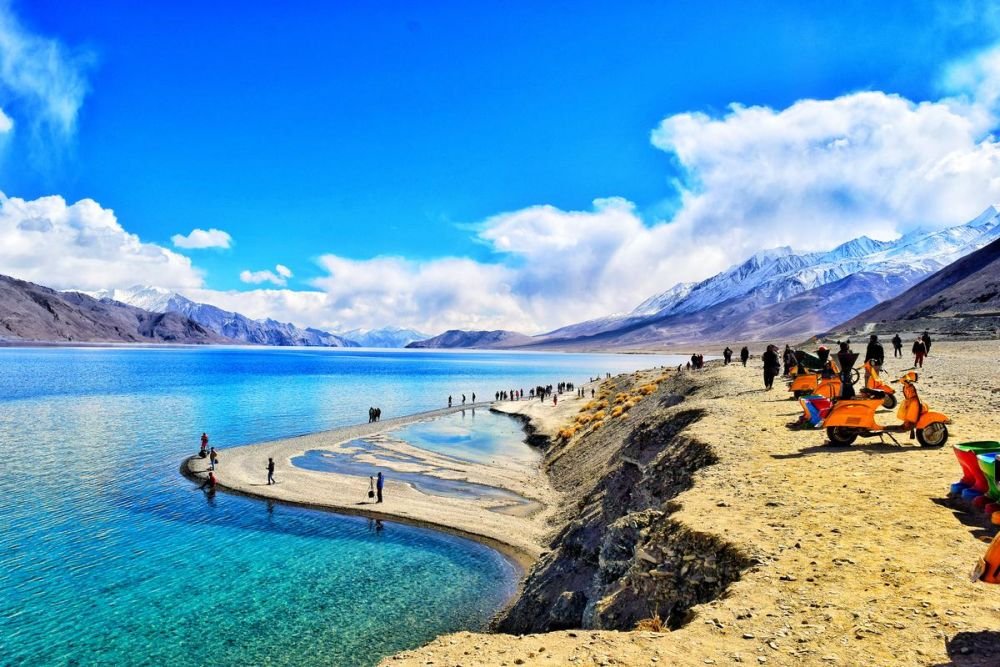
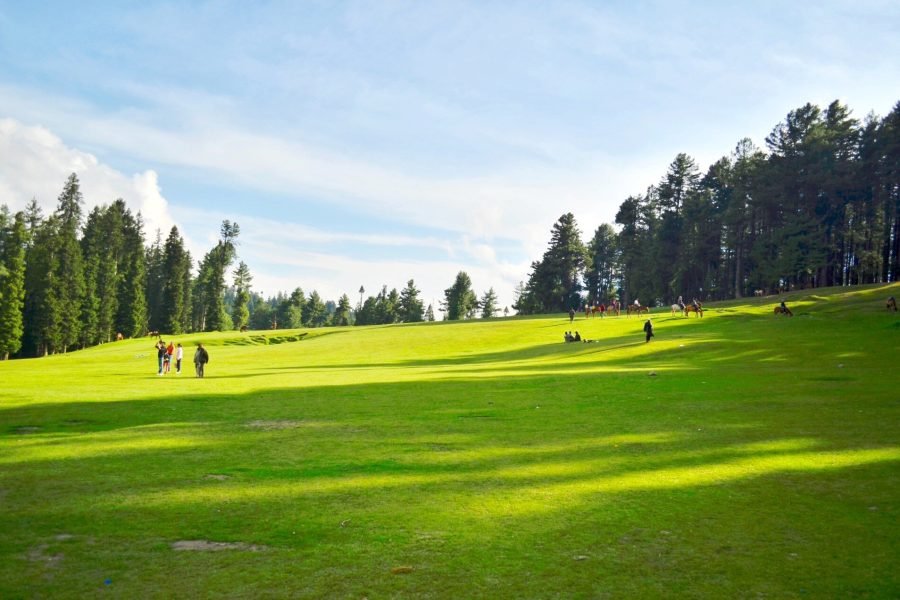
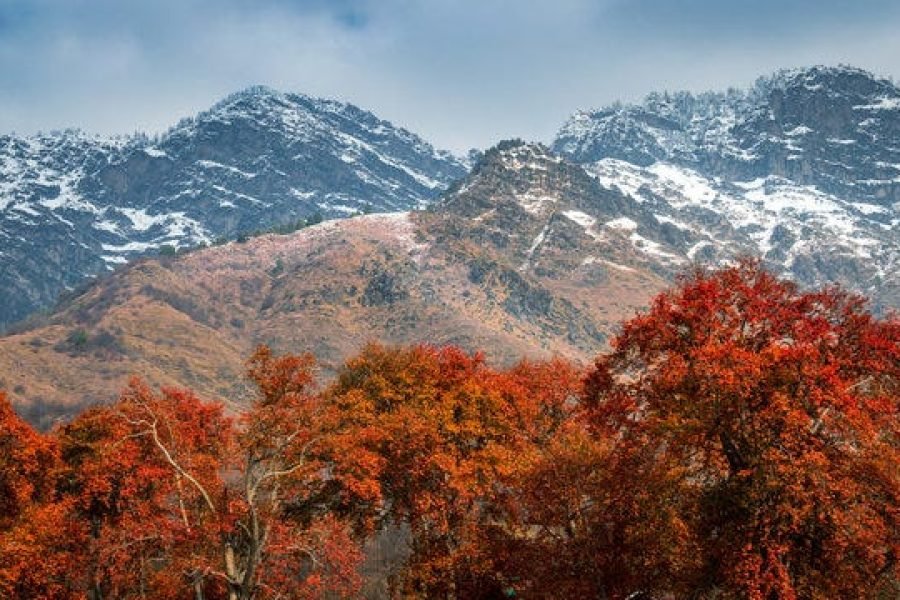
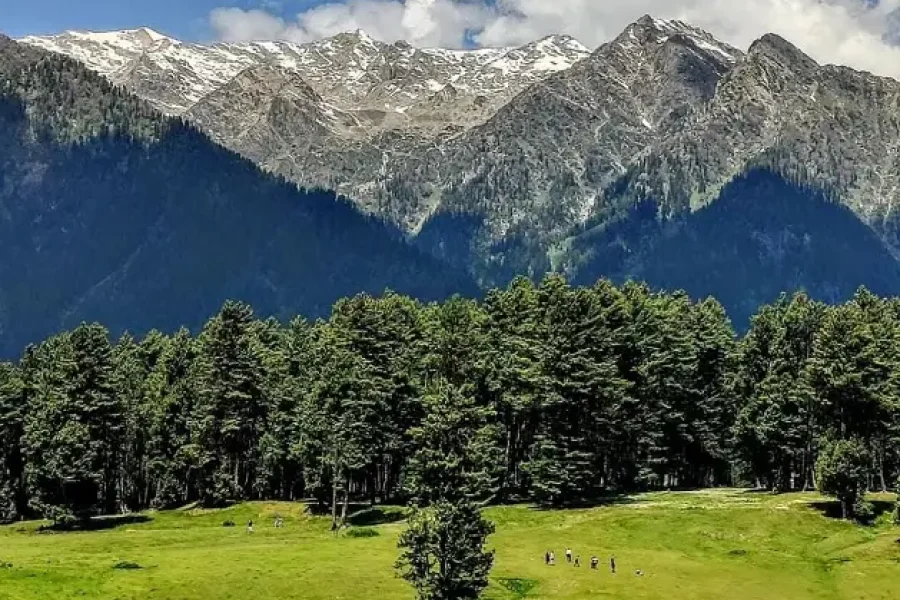
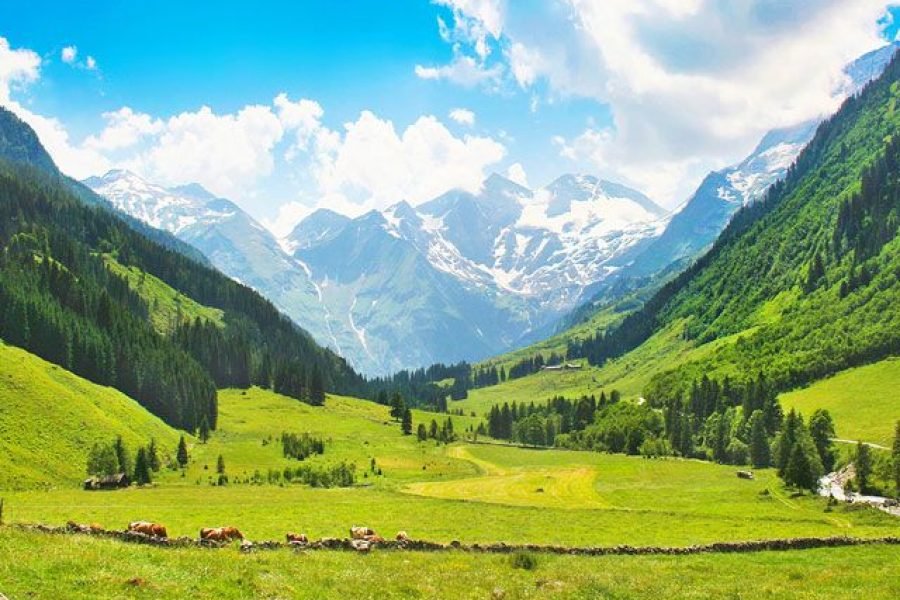
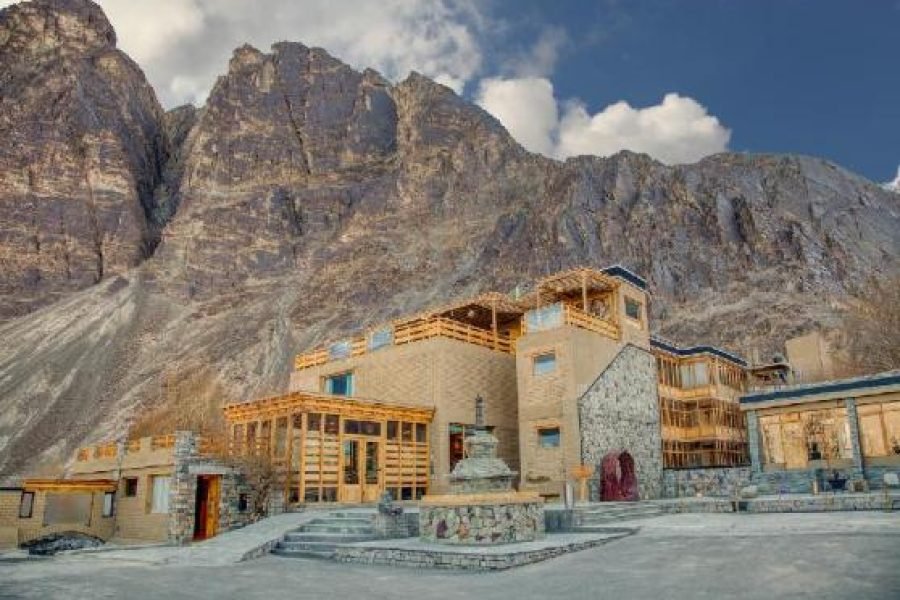

0 Comment